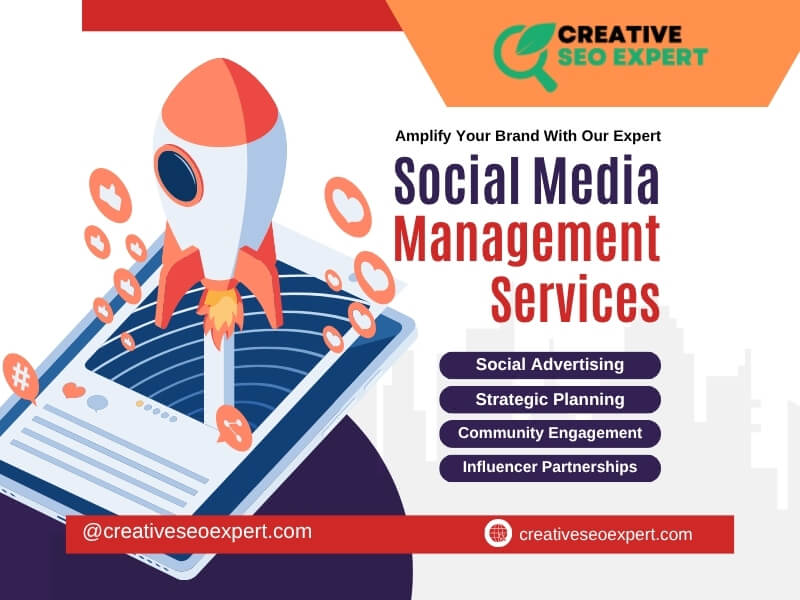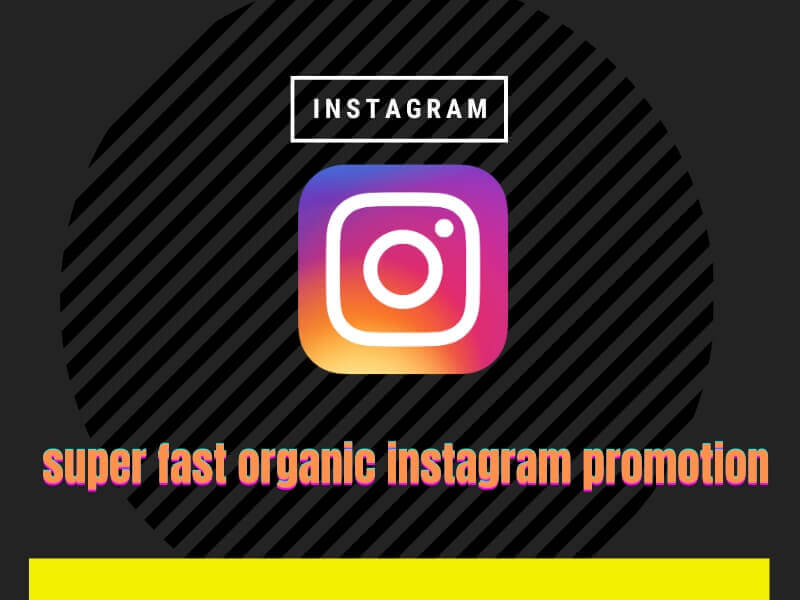As influencer marketing continues to grow, brands face the decision of choosing between paid vs organic usage influencer marketing. Each strategy has unique benefits and challenges. Some companies focus on paid promotions for fast visibility, while others rely on organic engagement to build lasting trust. Understanding the differences between these two approaches is key to designing a successful influencer marketing strategy that fits your goals and budget.
What Is Influencer Marketing?
Influencer marketing is the process of partnering with individuals who have a dedicated online following. These influencers share content that highlights a product or service, helping brands connect with new audiences. Whether you choose paid vs organic usage influencer marketing, the main goal remains the same: create awareness and drive engagement through trusted voices.

Evolution of Influencer Marketing
Influencer marketing has shifted from celebrity endorsements to everyday creators who connect with audiences on a personal level. This shift opened the door for brands to choose between paid vs organic usage influencer marketing, depending on the nature of the campaign and target market.
The Role of Social Platforms
Social media platforms like Instagram, TikTok, and YouTube play a major role in shaping influencer marketing. The choice between paid vs organic usage influencer marketing often depends on the platform, the influencer’s audience, and how content is discovered.
Understanding Paid Usage in Influencer Marketing
What Paid Influencer Marketing Means
Paid influencer marketing involves compensating influencers for promoting a product. Payment may come in the form of money, gifts, or services. Brands often outline specific deliverables, such as a certain number of posts, stories, or mentions. This approach offers more control over content and timing.
Benefits of Paid Usage
Paid campaigns offer quicker visibility. Brands can launch time-sensitive promotions, reach a wider audience, and work with influencers at various levels. With proper planning, paid usage in influencer marketing can be a valuable tool for reaching marketing goals.
Limitations of Paid Collaborations
Despite its reach, paid influencer marketing can feel less authentic to some audiences. It also requires a larger budget and may result in one-time interactions rather than long-term engagement. Brands must carefully choose who they work with and how campaigns are structured.
Understanding Organic Usage in Influencer Marketing
What Organic Influencer Marketing Involves
Organic usage in influencer marketing is built on relationships rather than transactions. Influencers promote a product because they genuinely like it, not because they were paid. This often involves gifting products or building partnerships that grow over time.
Benefits of Organic Usage
One advantage of organic usage is trust. Followers are more likely to believe a recommendation that feels natural. This makes paid vs organic usage influencer marketing a valuable topic for brands wanting to build credibility.
Drawbacks of Organic Collaborations
While organic strategies can build trust, they often take longer to show results. It may be difficult to track ROI, and influencers may post less frequently about the brand. Choosing between paid vs organic usage influencer marketing depends on how quickly a brand wants to grow and how much control it needs.
Paid vs Organic Usage Influencer Marketing: Key Differences
Content Style and Tone
In paid influencer marketing, content often includes branded messages or specific calls to action. In contrast, organic content is shaped by the influencer’s own experience. This difference makes paid vs organic usage influencer marketing a strategic decision rather than a simple choice.

Influencer Motivation
Paid influencers are motivated by compensation, which may lead to a more polished and professional result. Organic influencers promote because they like the brand. When comparing paid vs organic usage influencer marketing, brands should think about the influencer’s intent and how that impacts audience perception.
Budget and ROI Considerations
Paid campaigns require clear budgeting and tracking tools. Organic campaigns may not cost as much upfront but may also bring less measurable returns. When evaluating paid vs organic usage influencer marketing, cost-effectiveness and campaign objectives must align.
Engagement and Audience Perception
Audiences may engage differently with paid and organic content. Paid posts can appear like ads and may receive less interaction, while organic posts often lead to more genuine conversations. In paid vs organic usage influencer marketing, engagement quality is just as important as reach.
When to Use Paid vs Organic Usage Influencer Marketing
Brand Stage and Size
Startups and smaller brands may lean toward organic usage due to limited budgets. Established companies may invest in paid influencer marketing to boost visibility. Understanding your brand’s position helps guide the paid vs organic usage influencer marketing strategy.
Marketing Goals
If the goal is to promote a product launch or event, paid usage might be more effective. For building long-term brand identity, organic usage can be more suitable. Matching goals to methods is essential in paid vs organic usage influencer marketing.
Influencer Type and Platform
Macro-influencers often prefer paid deals, while micro-influencers may accept gifts or collaborations. The platform also influences this choice. Instagram is often used for paid campaigns, while blogs and YouTube work well for organic posts. These factors influence decisions in paid vs organic usage influencer marketing.
Campaign Duration
Short-term campaigns typically benefit from paid partnerships. Long-term brand building aligns more with organic efforts. A balanced mix may be best for brands that want the advantages of both paid vs organic usage influencer marketing.
Combining Paid and Organic Usage Effectively
Starting Organic, Scaling Paid
Brands may begin with organic relationships to test influencer fit, then scale to paid partnerships. This method ensures authenticity and maintains audience trust. It’s a practical way to balance paid vs organic usage influencer marketing.
Layering Strategies for Balance
Some brands use organic efforts for brand awareness and add paid campaigns to support major launches. This layered approach allows flexibility and creates a more natural content mix. Combining both types improves the performance of paid vs organic usage influencer marketing.
Case-by-Case Approach
There is no one-size-fits-all method. Brands should evaluate each influencer, campaign goal, and platform before choosing. This tailored method ensures that paid vs organic usage influencer marketing supports overall brand strategy.
Measuring Success in Paid vs Organic Usage Influencer Marketing
Tools for Tracking Performance
For paid campaigns, brands often use tracking links, affiliate codes, and engagement metrics. Organic usage may rely more on brand mentions, sentiment analysis, and referral traffic. In paid vs organic usage influencer marketing, tracking tools are essential for understanding results.
KPIs to Monitor
Common performance indicators include engagement rate, impressions, click-through rate, and conversions. Brands using paid vs organic usage influencer marketing should establish benchmarks for each campaign type.
Interpreting Results Without Bias
It’s important to view results in context. Organic campaigns may deliver softer metrics, while paid campaigns offer clearer data. Still, both play a role in overall brand growth. Balanced evaluation is vital in paid vs organic usage influencer marketing.
Challenges in Paid vs Organic Usage Influencer Marketing
Budget Allocation
One common issue is allocating budget effectively between paid and organic efforts. Overspending on one may limit the other. Smart planning helps brands maximize impact from paid vs organic usage influencer marketing.
Compliance and Disclosure
Both paid and organic influencer content must follow advertising guidelines. Influencers need to disclose when content is sponsored. Transparency builds trust and supports ethical use of paid vs organic usage influencer marketing.
Managing Expectations
Not every post will go viral, whether paid or organic. Brands must set realistic expectations for engagement, reach, and conversions. Aligning expectations with goals is key in managing paid vs organic usage influencer marketing campaigns.
Future of Paid vs Organic Usage Influencer Marketing
Trends in Consumer Behavior
Audiences are increasingly aware of promotional content. Brands using paid vs organic usage influencer marketing must focus on content that feels natural and respectful of audience attention.
Changing Platform Algorithms
Platform updates may affect content reach. Brands need to stay informed and adapt their paid vs organic usage influencer marketing strategies accordingly.
Evolving Influencer Roles
Influencers are becoming long-term partners instead of one-time promoters. This evolution supports a more integrated approach to paid vs organic usage influencer marketing
Final Thoughts on Paid vs Organic Usage Influencer Marketing
The decision between paid vs organic usage influencer marketing depends on your brand’s goals, resources, and audience. Paid strategies offer control and reach, while organic efforts build trust and authenticity. Many brands benefit from a hybrid approach that balances the strengths of both. By understanding the differences and evaluating campaign performance, businesses can make smarter decisions and foster meaningful relationships with their audience.
FAQs About Paid vs Organic Usage Influencer Marketing
1. What is the difference between paid vs organic usage influencer marketing?
Answer: Paid usage involves compensating influencers for promotion. Organic usage relies on unpaid or relationship-based content where influencers share products they genuinely like.
2. Is organic usage better than paid influencer marketing?
Answer: Organic usage builds more trust, while paid influencer marketing provides faster results. The better option depends on campaign goals.
3. How do you measure success in paid vs organic usage influencer marketing?
Answer: Use KPIs such as engagement, reach, and conversions. Tools like UTM links and social media analytics help track results for both types.
4. When should brands use paid vs organic usage influencer marketing?
Answer: Paid usage is ideal for product launches or time-sensitive promotions. Organic usage fits long-term brand building and community growth.
5. Can both paid and organic influencer strategies work together?
Answer: Yes. A combined strategy allows brands to enjoy the authenticity of organic marketing while boosting reach through paid efforts.

